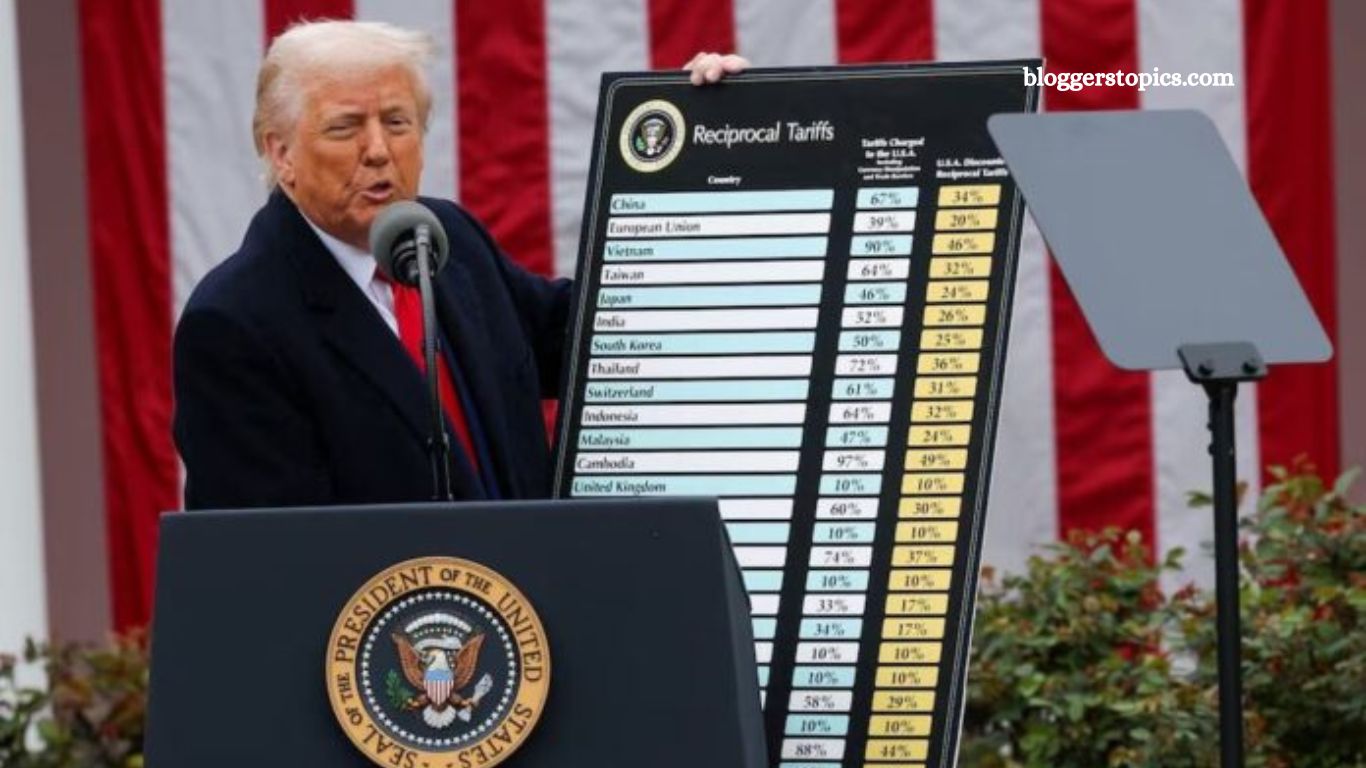The president’s unpredictable tariff policies have rattled financial markets and sparked fears of an economic downturn. However, history and data suggest that sports franchise values tend to remain resilient — and often continue to climb — even amid broader economic uncertainty.
Read More: Why Qatar Is Glad to Offload Its Lavish 747 to Trump
Pandemic Impact on Sports Revenues vs. Team Values
When the Boston Red Sox took the field for a delayed 2020 Opening Day, the usual roar of the crowd was replaced by eerie silence. Empty stands, closed concession stands, and deserted streets around Fenway Park marked a harsh reality for Major League Baseball and sports worldwide. The COVID-19 pandemic wiped out ticket sales, merchandise purchases, and game-day revenues.
For the Red Sox, revenue plummeted nearly 71% — from $519 million in 2019 to $152 million in 2020. MLB’s average revenue fell from $346 million to $122 million. Yet, this sharp revenue decline did not translate into lower franchise valuations. Instead, MLB teams’ values increased 3% from 2020 to 2021 and then another 9% in 2022, with the Red Sox rising even faster to an estimated $4.8 billion — third highest in baseball.
Weathering Economic Storms: Patience Pays Off
Tom Werner, billionaire chairman of Fenway Sports Group, reminds investors that short-term financial hits are inevitable in crises like the pandemic or the 2008 recession. “Everything took a financial hit during Covid, and you just have to ride it out and be patient,” he says.
This message is especially relevant as Trump’s tariffs continue to create market volatility. The S&P 500 dropped 15% before a recent rebound, and economists now debate the likelihood of a recession this year. Despite this uncertainty, sports team owners like Werner are well-positioned to endure.
Historical Resilience of Sports Franchise Values
Sports franchises have a remarkable track record of stability and growth during economic downturns. Since Forbes began tracking values in 1998, team values in the four major North American leagues have increased roughly 2,000%, more than double the S&P 500’s growth.
Even during crises such as 9/11, the 2007–2008 financial collapse, and the pandemic, franchise values remained strong. The Ross-Arctos Sports Franchise Index, with data dating back to 1960, shows declines in only 39 out of 255 quarters — and just 16 times since 1976. Compound annual growth for sports teams since 1960 stands at 13%, nearly twice the S&P 500’s 7%.
Why Sports Franchises Are Insulated
Much of this stability comes from long-term contracts in media rights, sponsorships, and premium seating. These contracts lock in significant revenue streams years in advance. For example, in the 2023-24 NBA season, premium seating generated $45 million per team on average, making up nearly 12% of total revenue. National media rights are even more significant — accounting for 35% of NBA revenue and 60% for the NFL.
The scarcity of franchises — only 124 across the four major leagues — also creates intense competition among wealthy buyers, often pushing valuations higher despite market downturns.
Economic Pressures on Game-Day Operations
While franchise values are resilient, game-day revenues such as ticket sales and concessions are more vulnerable to economic shifts. Current signs point to a slowdown in consumer spending, with GDP contracting and personal expenditure growth at its slowest in two years.
Still, sports remain a vital social and emotional outlet during tough times. “People need a distraction,” says Marc Ganis, president of consulting firm Sportscorp. “The primary distraction we have in our country is sports.”
Fan Loyalty Remains Strong
Werner highlights the unwavering loyalty of Red Sox fans, noting their sold-out streak of 820 consecutive home games from 2003 to 2013, even through the financial crisis. More recently, 35,000 fans attended a mid-morning game on Patriots Day in April — a testament to the deep connection between the team and its community.
Frequently Asked Questions
How have Trump’s tariffs affected the overall economy and markets?
Trump’s tariffs have contributed to increased market volatility and concerns about a potential recession. The S&P 500 experienced significant drops before rebounding, and economists predict varying chances of an economic downturn in 2025.
Did the tariffs impact sports team valuations?
Historically, sports team valuations have remained resilient and often grow despite economic downturns or market volatility, including during tariff-induced disruptions. Long-term contracts and limited franchise availability help insulate team values.
How did the COVID-19 pandemic affect sports teams financially?
The pandemic caused dramatic declines in game-day revenue — ticket sales, concessions, and merchandise. For example, the Boston Red Sox’s revenue dropped nearly 71% in 2020. However, franchise values continued to appreciate despite these losses.
Why do sports teams remain valuable even during recessions?
Sports franchises benefit from stable, long-term revenue streams like media rights and premium seating contracts. Additionally, scarcity of teams and passionate fan bases drive demand and preserve value.
Are sports franchises “recession-proof”?
While not completely immune to economic downturns (owners may face short-term financial losses), sports franchises have historically demonstrated strong resilience and long-term growth, outperforming many other asset classes.
What are the main revenue sources for sports teams?
Major revenue streams include national media rights deals, sponsorships, luxury suite sales, ticket sales, concessions, and merchandise. Media rights often constitute the largest and most stable portion.
Conclusion
While economic uncertainty driven by tariffs and other factors will continue to challenge many sectors, professional sports franchises have consistently proven their resilience. Thanks to strong media deals, limited franchise supply, and passionate fan bases, sports team owners can expect franchise values to remain secure — even as broader markets face turbulence.






